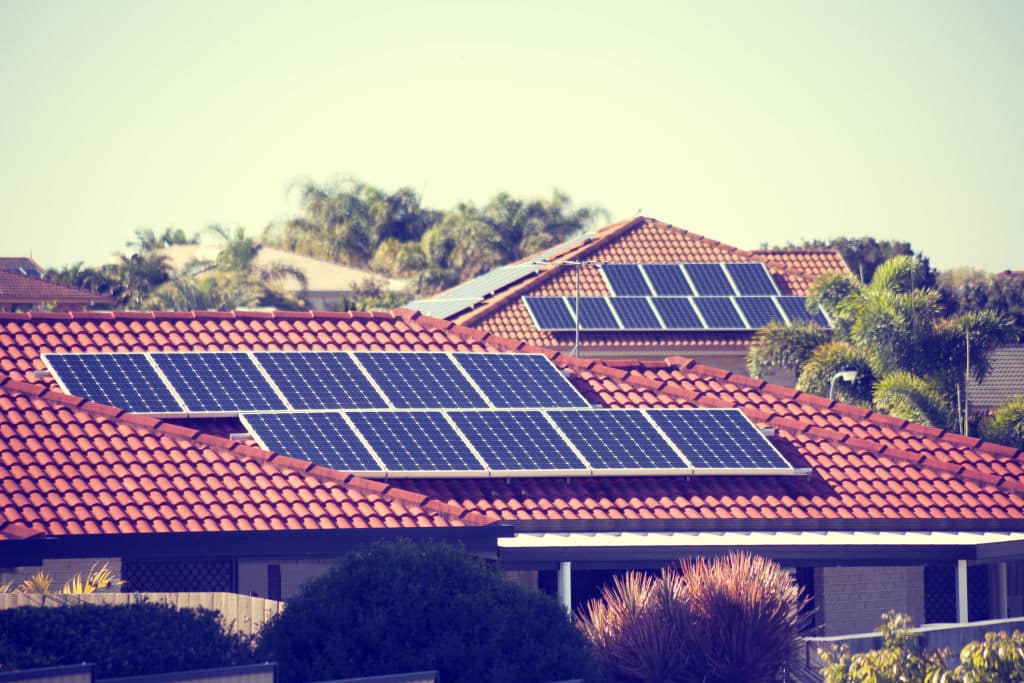
24/7 Emergency Service
For help with all your Data N Electrical needs, please feel free to CALL US today!
There are many types of solar panels on the market these days. With so many options to choose from, it can be hard to know which panel is right for you. In this blog post, we will discuss the different types of solar panels and what each one offers. We will also provide tips on how to choose the best solar panel for your needs. Read on to learn more!

Solar panels are a great way to save money on your energy bill and help the environment. However, before you can start saving, you need to know what the cost of setting up solar panels is. The cost of solar panels will vary depending on the size of your home, the amount of sunlight your area receives, and the type of solar panel you choose.
Solar panel costs can range from $2,000 to $10,000 for a typical household. However, there are many government and private rebates and incentive programs available that can help offset the cost of solar panels. In addition, the long-term savings on your energy bill will quickly make up for the initial investment. As a result, installing solar panels is a smart financial decision that can help you save money and reduce your environmental impact.
Solar panels come in a variety of shapes and sizes, and each type has its own advantages and disadvantages. The most common types of solar panels are thin-film, monocrystalline, and polycrystalline panels.
A thin-film solar panel is made by depositing one or more layers of photovoltaic material on a substrate. The most common thin-film materials are cadmium telluride (CdTe) and copper indium gallium selenide (CIGS). One advantage of thin-film cells is that they can be deposited on a variety of substrates, including glass, ceramic, and plastic. This makes them well suited for use in flexible, lightweight applications. In addition, thin-film cells typically have a lower energy payback time than c-Si cells, meaning they require less energy to produce than c-Si cells.
However, thin-film panels also have some disadvantages. One is that they typically have lower conversion efficiencies than c-Si cells. For example, CIGS cells have an average efficiency of around 15%, while the average efficiency of c-Si cells is around 21%. In addition, thin-film materials are also more sensitive to shading than c-Si, meaning that any objects that block part of the cell will decrease its power output. As a result, thin-film solar cells are best suited for large, unobstructed surfaces such as rooftops and desert expanses.
The advantages of a monocrystalline solar panel is that it has the highest efficiency of any silicon solar cell. They also require no grid lines on their surface, which gives them a uniform black appearance. These cells also have very low rates of temperature-induced efficiency loss, making them ideal for use in hot climates. Additionally, monocrystalline silicon solar cells typically have a longer lifespan than other types of solar cells, lasting up to 25 years with proper care.
However, monocrystalline solar cells are also the most expensive type of solar cell, and they are less tolerant of shading than other types of cells. As a result, they are not always the best choice for households that experience frequent power outages or have trees that cast shadows on their roof.
Polycrystalline solar panels are made from amorphous silicon that has been melted and cooled to form a ingot, which is then cut into wafers. The main advantage of polycrystalline solar panels is that they are less expensive to manufacture than monocrystalline panels. Additionally, polycrystalline panels tend to be more efficient at converting sunlight into electricity than their monocrystalline counterparts. However, polycrystalline panels also have a few disadvantages.
One downside is that they typically have lower power output than monocrystalline panels. Additionally, polycrystalline panels can be more susceptible to degradation than monocrystalline panels when exposed to high temperatures. As a result, polycrystalline solar panels may not be the best choice for use in hot climates. Overall, polycrystalline solar panels offer a balance of cost, efficiency, and durability that makes them a good choice for many applications.
Solar energy system installation is a process that involves placing solar panels on the roof of a home or building to collect energy from the sun. Solar panels are made up of solar cells that convert sunlight into electricity. A solar battery is connected together in a solar array, and the solar array is connected to an inverter. The solar inverter converts the solar energy into AC power, which can be used to power appliances and lights in the home or building. The solar system installation process typically takes one to two days.
If you are going to purchase solar panels then here is a solar panel installation guide:
We have come to the end of this article and we hope that you now have a better understanding of the different types of solar panels on the market. There are many factors to consider when purchasing solar panels, but with our guide, you should be able to make an informed decision. Thanks for reading!
For help with all your Data N Electrical needs, please feel free to CALL US today!